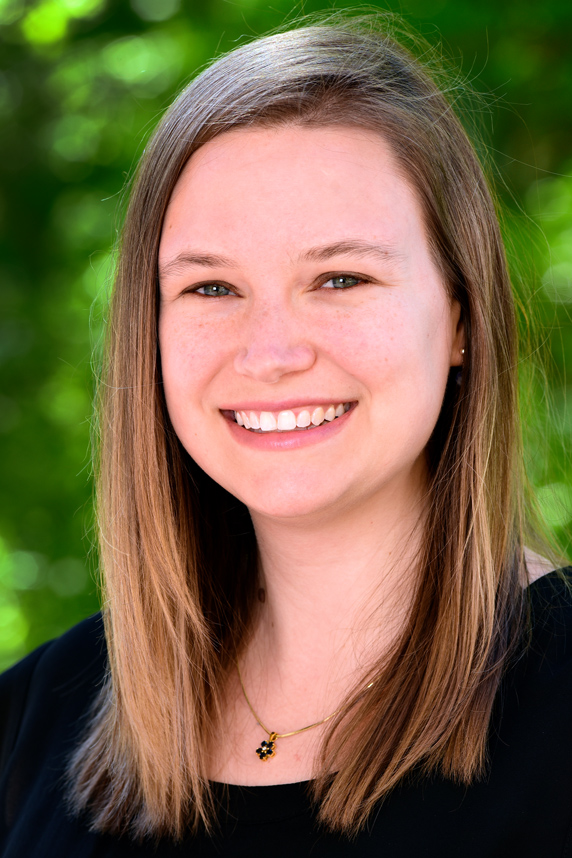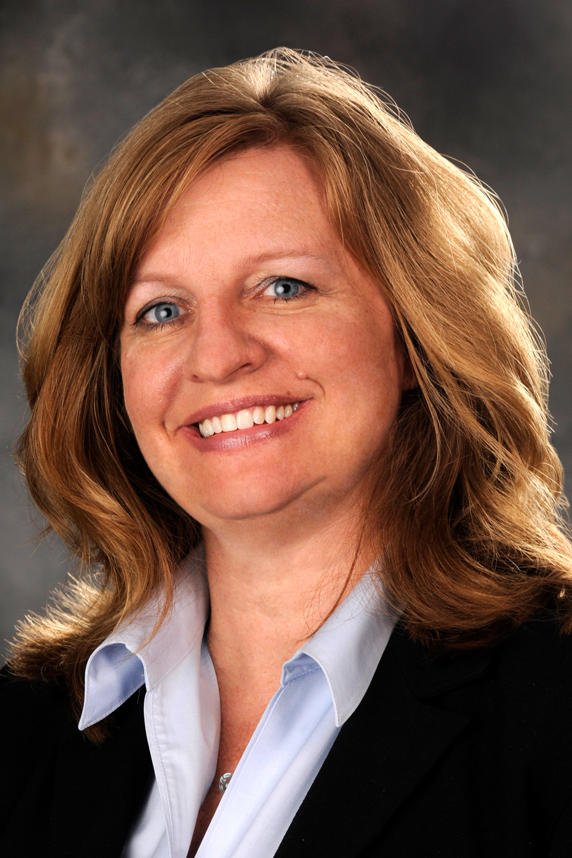Emerging innovation will strengthen NIEHS-funded research and enable discoveries that lead to improvements in public health, according to presenters at the 165th meeting of the National Advisory Environmental Health Sciences Council (NAEHSC), held Feb. 15-16.
Director’s report
NIEHS and National Toxicology Program Director Rick Woychik, Ph.D. , kicked off the meeting with updates on new research initiatives, scientific awards, and staff changes.
 Promoting innovation is one of Woychik’s leadership aims. “We must be fearless and uninhibited in our pursuit of new knowledge,” he wrote in his inaugural Director’s Corner column , published last year. (Photo courtesy of jijomathaidesigners / Shutterstock.com)
Promoting innovation is one of Woychik’s leadership aims. “We must be fearless and uninhibited in our pursuit of new knowledge,” he wrote in his inaugural Director’s Corner column , published last year. (Photo courtesy of jijomathaidesigners / Shutterstock.com)- Council members welcomed Trevor Archer, Ph.D., as the new NIEHS Deputy Director. Read about Archer’s career achievements in this February Environmental Factor article .
- Scientists in the institute’s Division of Intramural Research discovered a potential therapy for bacterial pneumonia that targets host cells instead of bacterial cells. The treatment involves macrophages, which are white blood cells of the immune system that destroy bacteria, and anti-inflammatory compounds called epoxyeicosatrienoic acids, produced in mice and humans.
- Academic research funded through an NIEHS grant led to a new approach that will help scientists better characterize the human exposome . The exposome is the totality of environmental exposures — and their corresponding biological changes — that we experience throughout life.
- Woychik also drew attention to the 2021 Papers of the Year . Out of almost 4,000 publications, institute leaders selected 35 for special recognition.
Accelerating biomedical advances
Bruce Tromberg, Ph.D. , director of the National Institute of Biomedical Imaging and Bioengineering (NIBIB), shared how breakthroughs at his agency in response to the COVID-19 pandemic could advance broader research across the National Institutes of Health.
 Tromberg took the helm of NIBIB in January 2019. (Photo courtesy of NIBIB)
Tromberg took the helm of NIBIB in January 2019. (Photo courtesy of NIBIB)- Medical imaging, enhanced testing capabilities, and digital health platforms were three avenues of innovation that Tromberg discussed. NIBIB was instrumental in the creation of the following.
- The Medical Imaging and Data Resource Center is a nationwide secure imaging repository for COVID-19 chest images with artificial intelligence capabilities.
- The Rapid Acceleration of Diagnostics Tech initiative shortened development and deployment times for COVID-19 testing.
- Testing guidance and at-home test reporting websites.
- Variant surveillance and mutation testing through a real-time rapid genotyping program .
- Woychik said NIEHS and NIBIB plan to collaborate. “We will explore utilizing NIBIB’s expertise in bioengineering to create new technologies for collecting environmental exposure data, integrating exposomics, and promoting precision environmental health ,” he noted.
Innovation in toxicology
Brian Berridge, D.V.M., Ph.D. , scientific director of the NIEHS Division of the National Toxicology Program (DNTP), provided an overview of the division’s recent efforts to spur greater innovation in toxicological research.
 Better prediction of potential health hazards related to emerging environmental agents is an urgent challenge in the field of in toxicology, according to Berridge. (Photo courtesy of isak55 / Shutterstock.com)
Better prediction of potential health hazards related to emerging environmental agents is an urgent challenge in the field of in toxicology, according to Berridge. (Photo courtesy of isak55 / Shutterstock.com)- Artificial intelligence and machine learning are among the tools that DNTP scientists will harness to provide timely, human-relevant findings that advance public health, he noted.
- “Innovation is deeply embedded in our organization,” said Berridge. “We have a unique role to play as an innovation incubator and engine in the field of toxicology.”
- Learn more about Berridge’s thoughts on innovation in this December 2021 conversation with Woychik , which was featured in the Director’s Corner.
Oceans and human health, chemical threats
 In addition to her work with the OHH program, Dzierlenga oversees an extensive portfolio of NIEHS grants related to microbiome research. (Photo courtesy of Steve McCaw / NIEHS)
In addition to her work with the OHH program, Dzierlenga oversees an extensive portfolio of NIEHS grants related to microbiome research. (Photo courtesy of Steve McCaw / NIEHS)The NIEHS Oceans and Human Health (OHH) program was approved for continuation by council members.
- Anika Dzierlenga, Ph.D. , who leads the OHH program, provided an overview of some of its major accomplishments, which include the following.
- Longstanding, fruitful partnership with the National Science Foundation .
- Progress in forecasting harmful algal blooms (HABs).
- Successful monitoring efforts such as HABhub and advisory systems that alert beachgoers to potential bacterial risks .
- Characterization of neurotoxicity of HAB toxins domoic acid and microcystin .
- Engagement of citizen scientists and promotion of marine toxin education for healthcare practitioners at the local and national levels.
- Council member Edith Parker, Dr.P.H. , from the University of Iowa, emphasized the OHH program’s crossover research opportunities with the Climate Change and Health Initiative , which was recently approved by NAEHSC .
The Chemical Threat Agent Inhalational Exposure Research Resource concept also was approved by council members.
- Sri Nadadur, Ph.D. , director of the NIEHS Countermeasures Against Chemical Threats Program , shared details about the initiative.
- Nadadur said the resource will expand researchers’ access to inhalational exposure facilities and enable in-depth exploration of chemicals threats that affect the lungs and other organs. The goals are to boost understanding of the pathophysiology of diverse chemicals of concern and to target development of medical countermeasures for numerous understudied agents, for use in the event of accidental or intentional exposure to humans.
Children’s environmental health
 Gray said the new centers build on the model provided by previous NIEHS and U.S. Environmental Protection Agency Children’s Environmental Health and Disease Prevention Centers . (Photo courtesy of Steve McCaw / NIEHS)
Gray said the new centers build on the model provided by previous NIEHS and U.S. Environmental Protection Agency Children’s Environmental Health and Disease Prevention Centers . (Photo courtesy of Steve McCaw / NIEHS)Kimberly Gray, Ph.D. , and Lindsey Martin, Ph.D. , from the NIEHS Division of Extramural Research and Training, announced the formation of six new Children’s Environmental Health Research Translation centers. They were joined by former NAEHSC member Nsedu Obot Witherspoon , who is executive director of the Children’s Environmental Health Network (CEHN).
- Goals are to expand scientific collaboration and develop new approaches for translating children’s environmental health research so that communities and stakeholders can make informed health decisions. The centers will apply the NIEHS translational research framework .
- CEHN will serve as the coordinating hub for these centers, which will be housed at Emory University, Johns Hopkins University, New York University, Oregon State University, University of Pennsylvania, and University of Southern California.
- One center will increase environmental health literacy among children by visually translating the environmental exposures that occur in Black communities in Atlanta. Linda McCauley, Ph.D. , from Emory University, and Sun Joo Ahn, Ph.D. , director of the Games and Virtual Environments Lab at the University of Georgia, demonstrated how they will leverage virtual reality and other emerging media technologies to create kid-friendly learning environments. Their efforts will enable visualization of air pollution and other environmental factors.
The next NAEHSC meeting will be held June 7-8.
(Jennifer Harker, Ph.D., is a technical writer-editor in the NIEHS Office of Communications and Public Liaison.)









